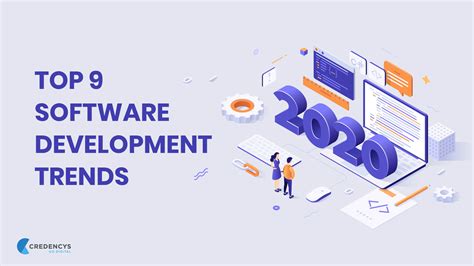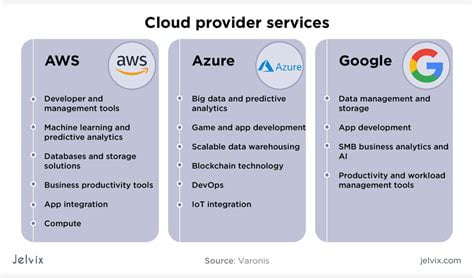With the rise of technology and digital transformation, the term “big data” has become increasingly popular. But what exactly is big data? In this article, we will define and explain the basics of big data, its importance, and how it is used in various industries.
What is Big Data?
The Basics
Big data refers to large and complex data sets that cannot be easily processed using traditional data processing methods. It is characterized by the three V’s: volume, velocity, and variety. Volume refers to the sheer amount of data, velocity refers to the speed at which data is generated and processed, and variety refers to the different types of data that are generated.
The Importance of Big Data
Big data is crucial in today’s digital age, as it allows organizations to gain insights and make informed decisions. With the help of big data analytics, businesses can identify patterns, trends, and correlations in their data, which can help them optimize their operations, improve their products and services, and enhance the customer experience.
How Big Data is Used
Big data is used in a variety of industries, from healthcare to finance to retail. In healthcare, for example, big data can be used to improve patient outcomes by analyzing patient data and identifying the most effective treatments. In finance, big data can be used to detect fraud and reduce risk. In retail, big data can be used to personalize the customer experience and improve sales.
Challenges of Big Data
Data Quality
One of the biggest challenges of big data is ensuring data quality. With such large and complex data sets, it can be difficult to ensure that the data is accurate, complete, and consistent. Poor data quality can lead to incorrect insights and decisions.
Data Privacy and Security
Another challenge of big data is ensuring data privacy and security. With so much data being generated and processed, there is a risk of sensitive information being exposed or stolen. Organizations must take steps to protect their data and ensure compliance with data protection regulations.
Data Integration
Big data often comes from multiple sources and in different formats, making data integration a challenge. Organizations must have the right tools and processes in place to integrate their data and ensure that it is usable for analysis.
Data Analytics Skills
Finally, big data requires specialized skills in data analytics, statistics, and programming. Organizations must have the right talent in place to make the most of their data and gain insights that can drive their business forward.
FAQ
What are some examples of big data?
Some examples of big data include social media data, sensor data, financial data, and healthcare data.
What are the benefits of using big data?
The benefits of using big data include improved decision-making, increased efficiency, and enhanced customer experience.
What is big data analytics?
Big data analytics is the process of analyzing large and complex data sets to identify patterns, trends, and insights that can be used to make informed decisions.
What are the three V’s of big data?
The three V’s of big data are volume, velocity, and variety.
What is Hadoop?
Hadoop is an open-source framework that is used to store and process large data sets across distributed computing clusters.
What is data mining?
Data mining is the process of analyzing large data sets to identify patterns and relationships that can be used to make informed decisions.
What is machine learning?
Machine learning is a type of artificial intelligence that allows computer systems to automatically learn and improve from experience without being explicitly programmed.
What is predictive analytics?
Predictive analytics is the use of statistical techniques and machine learning algorithms to analyze historical data and make predictions about future events.
Pros
– Big data allows organizations to gain insights and make informed decisions.
– Big data can help organizations optimize their operations, improve their products and services, and enhance the customer experience.
– Big data can be used in a variety of industries, from healthcare to finance to retail.
Tips
– Ensure data quality by cleaning and validating your data.
– Protect your data by implementing security measures and complying with data protection regulations.
– Use data visualization tools to help you make sense of your data.
Summary
Big data refers to large and complex data sets that cannot be easily processed using traditional data processing methods. It is crucial in today’s digital age, as it allows organizations to gain insights and make informed decisions. However, big data also poses challenges, such as ensuring data quality and privacy, integrating data, and requiring specialized skills. With the right tools and processes in place, organizations can leverage big data to optimize their operations, improve their products and services, and enhance the customer experience.
 Eltupe Technology And Software Updates
Eltupe Technology And Software Updates



